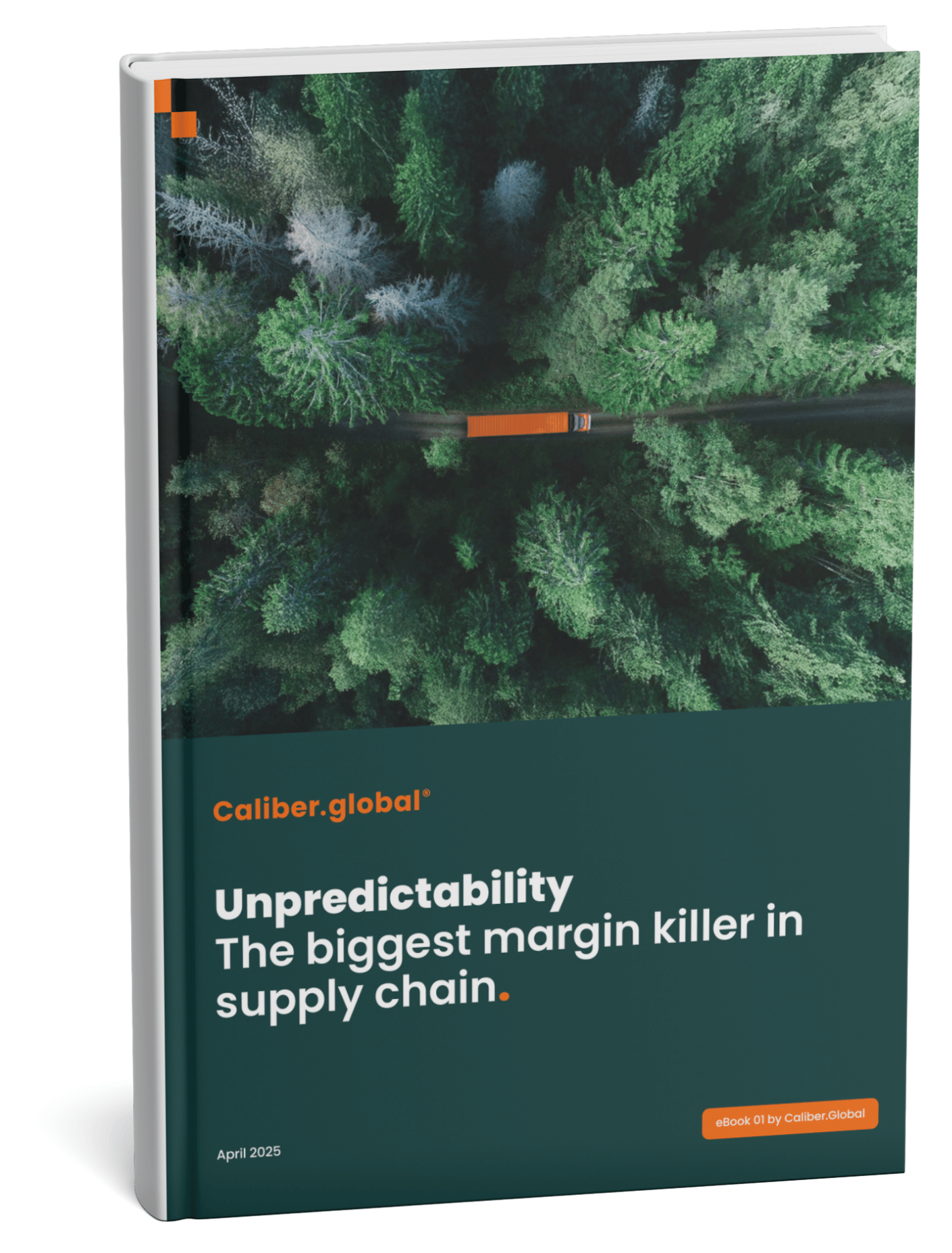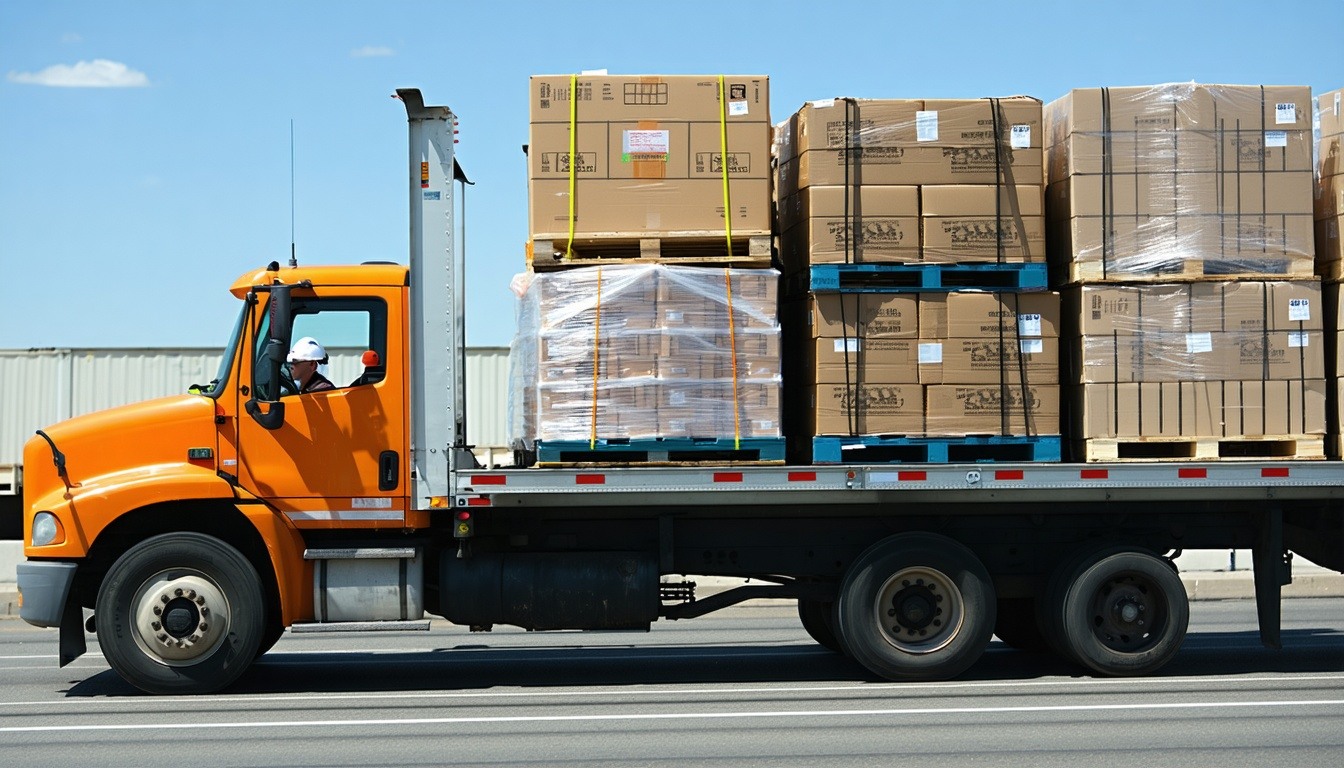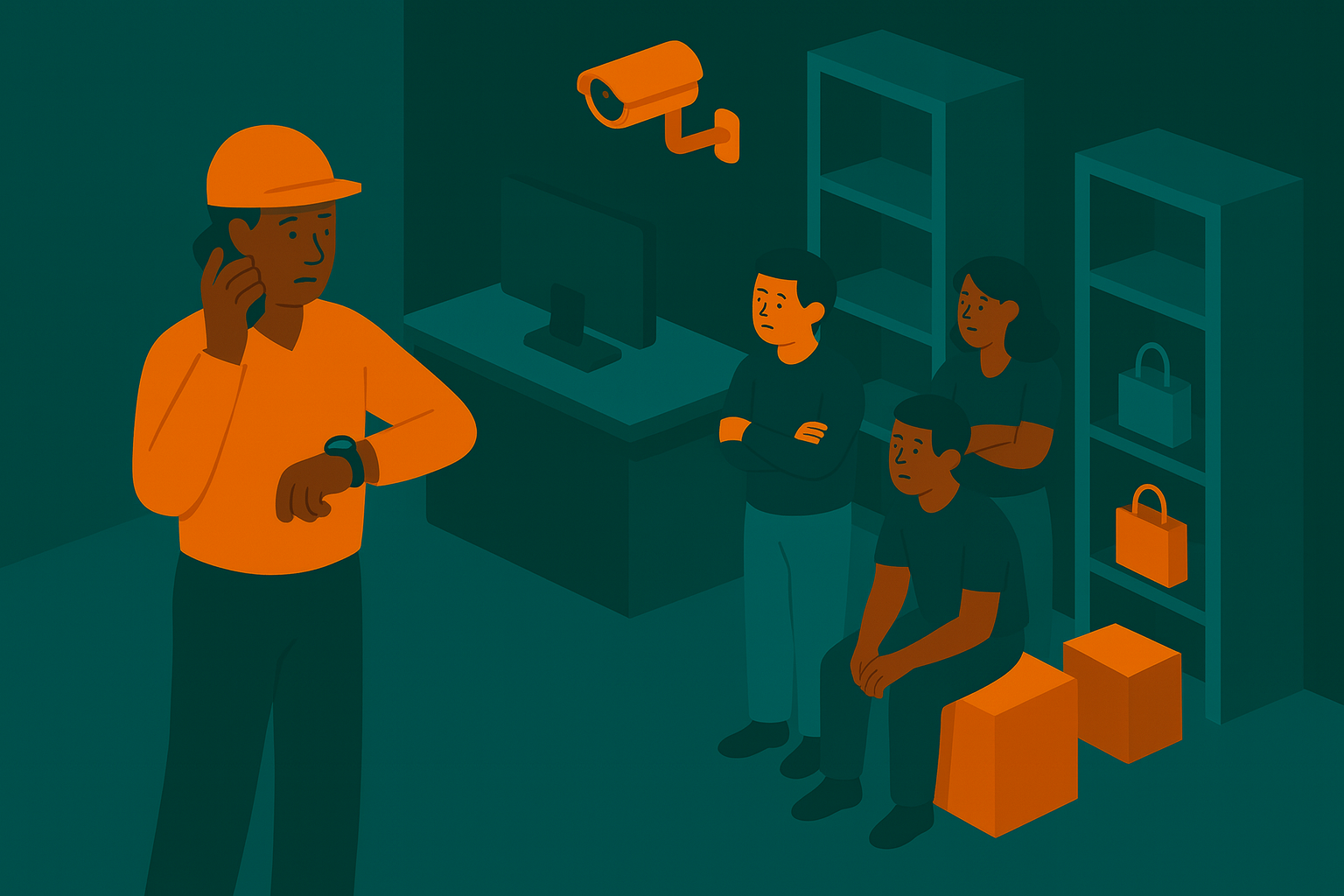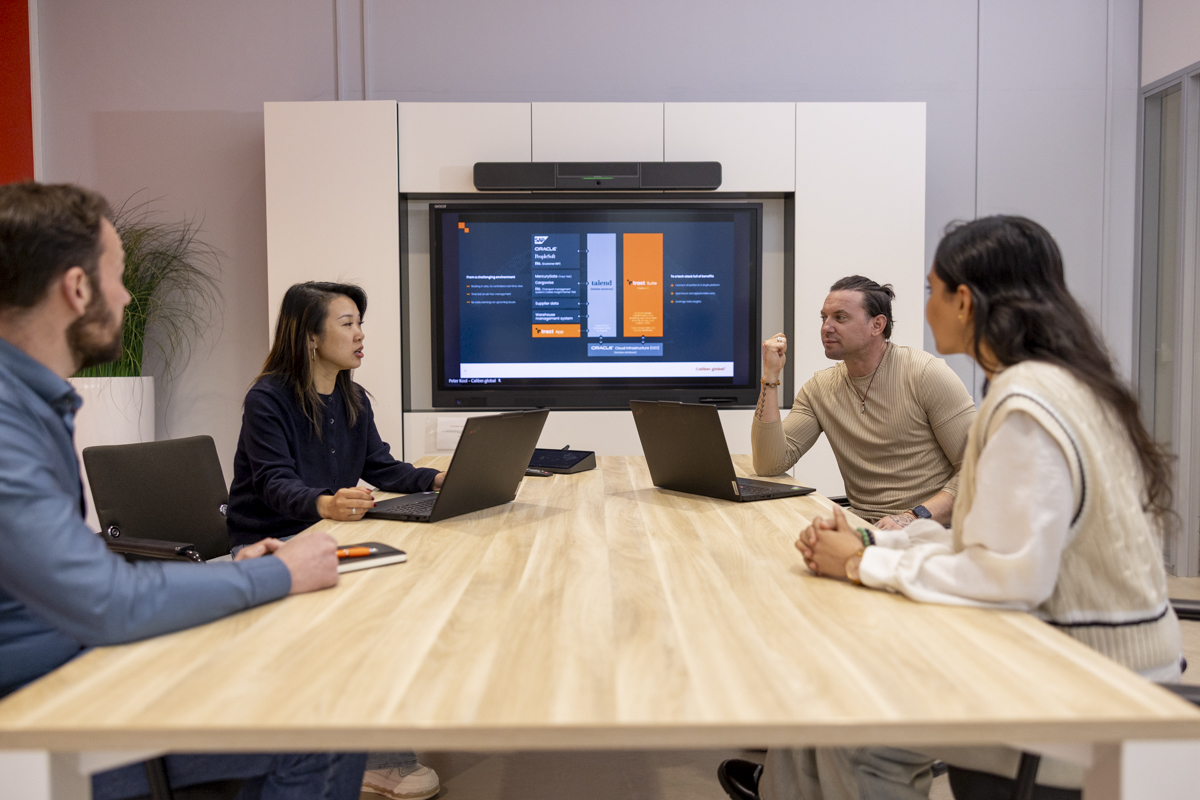The global trade environment is constantly shifting, and with it, the challenges facing businesses that rely on international supply chains. One of the most impactful changes in recent years has been the introduction of higher import tariffs, particularly those imposed by the Trump administration. These tariff adjustments are creating new cost pressures, logistical hurdles, and requiring businesses to rethink their supply chain strategies.
At Caliber.global, we understand that adapting to these changes requires more than just reactive measures—it demands a proactive, data-driven approach. One of the most effective tools in this scenario is the Control Tower, a central platform that provides real-time visibility and actionable insights across your entire supply chain. In this article, we’ll explore how a Control Tower can help your business navigate the complexities introduced by these recent tariff changes and strengthen your overall supply chain performance.
Understanding the recent tariff changes by the Trump administration
At April 2th 2025, President Donald Trump announced sweeping changes to U.S. trade policy, with a new set of import tariffs aimed at reshaping the global trade landscape. These tariff changes, known as the "Liberation Day" tariffs, have significant implications for businesses that rely on global sourcing and production. Here’s what you need to know:
- General import tariffs: A blanket 10% tariff has been applied to all imported goods.
- Country-specific tariffs:
- China: An additional 34% tariff on top of existing tariffs, bringing the total tariff to 54%.
- Vietnam: A 46% tariff.
- Taiwan: A 32% tariff.
- European Union: A 20% tariff.
- Other countries: Tariffs vary, with countries like the UK facing a 10% tariff and Japan seeing a 24% tariff. A 25% tariff has been placed on all foreign automobiles.
- Automobile imports: A 25% tariff on all imported vehicles.
These changes are creating challenges for businesses with global supply chains:
- Increased costs: The rise in import tariffs will lead to higher costs for companies relying on imports, which may, in turn, increase product prices for consumers.
- Supply chain disruptions: With tariffs changing rapidly, companies may face disruptions as they adapt to new sourcing strategies, potentially leading to delays.
- Reevaluation of sourcing strategies: To reduce the impact of tariffs, businesses will need to explore alternative sources or shift production to regions with more favorable tariff structures.
How a control tower helps navigate the impact of tariff changes
In this challenging environment, a Control Tower offers a powerful solution to mitigate the impact of increased tariffs and optimize your supply chain performance. Here’s how:
Proactive risk management and cost control
Higher tariffs are likely to cause a rise in supply chain costs, which may affect your bottom line. A Control Tower gives you visibility into where these cost increases are occurring and enables you to make quick, data-driven decisions to reduce their impact.
Example: Caliber.global goes beyond just insight—we can take swift, decisive action. For example, if tariffs increase on goods from a specific region, your Control Tower can not only identify alternative suppliers or regions with lower tariffs, but also initiate real-time cargo rerouting to more favorable destinations, minimizing cost hikes and avoiding disruptions in production.
This level of operational agility ensures that you’re not just reacting to trade changes—you’re staying ahead of them.
Enhanced visibility across the supply chain
A key challenge with tariff changes is the lack of visibility into where the impact will be felt the hardest. A Control Tower centralizes data from across your entire supply chain, providing real-time insights into where costs are rising, and helping you identify potential bottlenecks or delays before they become issues.
Example: If a supplier in China is affected by new tariffs, the Control Tower can provide an early warning, allowing you to proactively adjust your sourcing strategy to avoid delays or rising costs.
Streamlined decision making and strategic flexibility
A Control Tower allows you to respond to unexpected tariff changes with greater flexibility. It enables quick and informed decision-making, ensuring that you can pivot your strategy as needed to minimize disruption to your operations.
Depending on your setup, Caliber.global’s Control Tower can either leverage your existing supplier network to suggest alternatives—or, where appropriate, tap into our extended network and market intelligence to identify new sourcing options outside of your current ecosystem.
Example: If tariffs on automotive components from Japan increase, the Control Tower can help you assess suppliers within your network that may offer similar products from lower-tariff regions. Alternatively, if needed, we can help you explore new sourcing opportunities outside of your current supply chain to maintain continuity and control costs.
Optimizing production and sourcing locations
As businesses reevaluate their global supply chains, selecting the right locations for production and sourcing becomes even more critical. A Control Tower enables you to assess various factors, such as tariff rates, transportation costs, and production efficiency, to determine the most cost-effective locations for your operations.
Example: A Control Tower can provide data-driven insights into whether opening a new factory in Mexico or the U.S. would yield greater cost savings, considering both tariff rates and logistics efficiency.
Increased agility with real-time data
Real-time data access is crucial when tariffs can change rapidly. A Control Tower empowers your business to make adjustments quickly based on up-to-date information, ensuring that your supply chain remains agile and responsive in an ever-changing trade environment.
Example: If new tariff information is released, your Control Tower can help you adjust your procurement strategy or identify new suppliers within minutes, avoiding disruptions and maintaining operational efficiency.
Supporting sustainability goals
A Control Tower doesn’t just optimize for cost—it also helps integrate sustainability into your supply chain strategy. By analyzing transportation routes, sourcing decisions, and production processes, a Control Tower can help you reduce environmental impact while improving efficiency.
Example: By shifting to more local suppliers or optimizing transportation routes, you can reduce both costs and carbon emissions, creating a more sustainable supply chain that aligns with corporate social responsibility goals.
Conclusion: Stay ahead of your competitors with a Control Tower
The introduction of new import tariffs presents significant challenges to businesses with global supply chains. However, by leveraging a Control Tower, you can gain the visibility, flexibility, and insights needed to navigate these changes with confidence. From proactive risk management to strategic location planning and real-time decision-making, a Control Tower is an essential tool for optimizing supply chain performance and maintaining business continuity in a rapidly shifting trade landscape.
At Caliber.global, we specialize in helping businesses enhance their supply chain operations with innovative solutions like the Control Tower. If you’re looking to strengthen your supply chain and adapt to the evolving global trade environment, get in touch with us today to learn more.
Download your eBook.
In today's complex logistics landscape, unpredictability is more than an inconvenience — it's your greatest margin killer. But what if you could turn uncertainty into opportunity?





